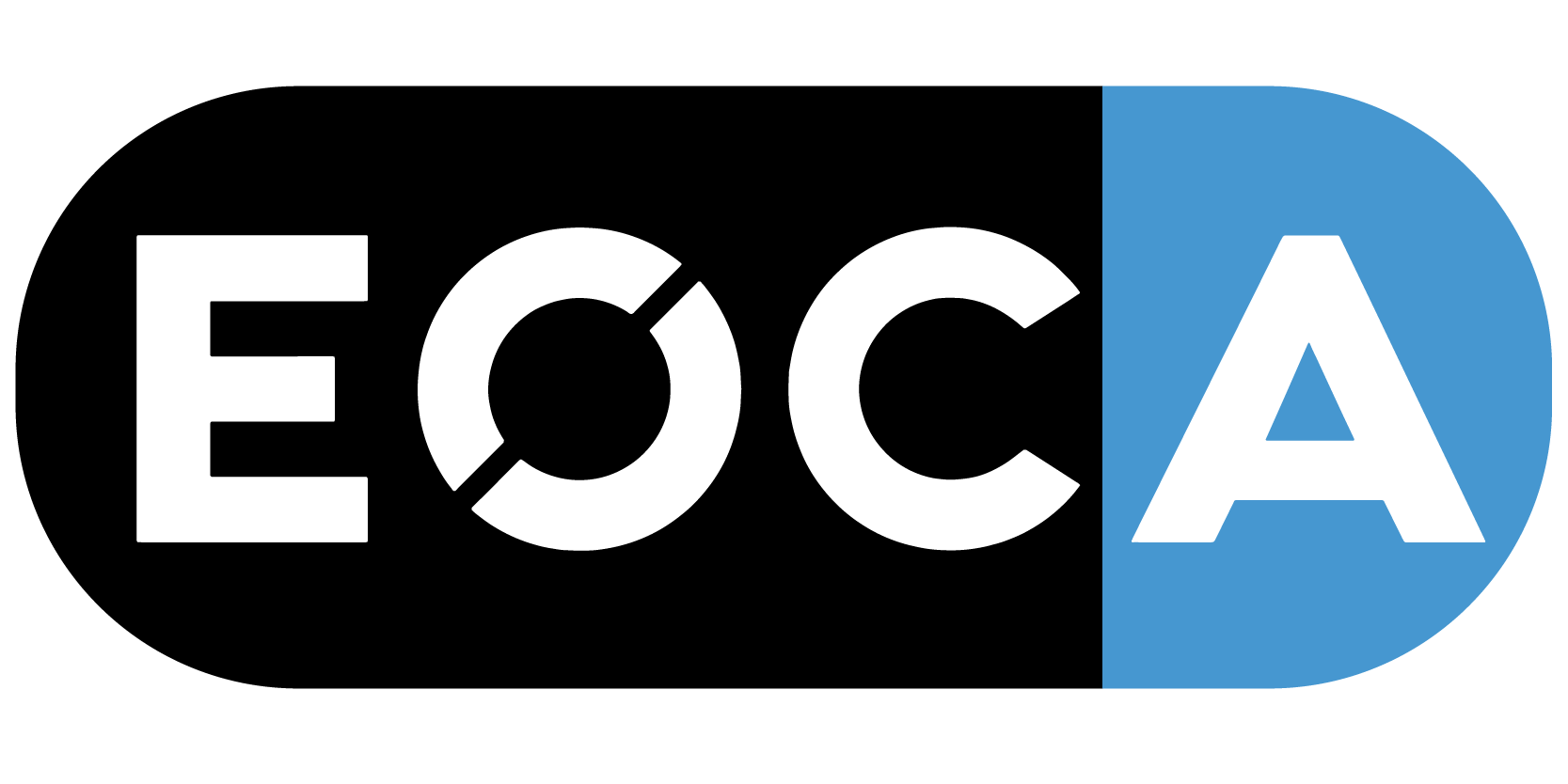Sustainable Competitive Advantage in Dentistry - Part 2

Cost Competitive Advantage
A cost competitive advantage is when a dentist, practice or group of practices is able to utilise its skilled workforce, lower cost of goods (less expensive lab fees and materials), controlled payroll and occupancy costs and efficient operations to create maximum value for patients.
Corporate chains and multi-dentist practices use the cost advantage strategy by providing a broad selection of treatments and services at lower fees via their size, infrastructure, management skills and considerable buying power.
Costs can be kept at a minimum in many different ways. Some larger group practices and corporates have years of management experience, producing quality dentistry in a very cost-effective manner.
Cost cutting by productivity gains is a key for many corporates (Keeping every chair operating for 56 minutes of every hour produces an optimal return on investment!)
Other practices and corporates use less expensive chairs, equipment, offshore materials and lab manufacturing to keep the costs of their services down.
Some practices may also receive government subsidies to provide specific low cost treatment to targeted patient cohorts which can guarantee a continuum of patient flow and add significant value to the enterprise.
There are two principal ways of achieving success this within a Cost Leadership strategy:
• Increasing profits by reducing costs, while charging profession average fees
• Increasing market share (volume) by charging even lower fees, whilst still making a reasonable profit per service/treatment per hour due to lower overheads (ideal for corporates)

Remember that Cost Leadership is about minimising the cost to the organisation of delivering procedures and services.
Balancing this strategy in tandem with the fees paid by the patient and fashioning it into a “value for money” proposition is the key challenge for all stakeholders in these organisations.
Simply being amongst the lowest-cost dental providers is not good enough, as you leave yourself wide open to attack by other low-cost providers who are delighted to compete on price alone.
You therefore, need to be confident that you can achieve and maintain a long term sustainable model before choosing the Cost Leadership route for your organisation.
Practices and corporates that are successful in achieving Cost Leadership usually have:
• Access to the capital needed to invest in technology that will bring costs down.
• Very efficient logistics.
• A low-cost base (labour, materials, facilities), and a way of sustainably cutting costs below those of other competitors. (eg . own the site of the practice, run their own lab)
• Ability to produce a value for money proposition with these attributes

The greatest risk in pursuing a Cost Leadership strategy is that these sources of cost reduction are not always unique to your organisation and that other competitors rival or match these cost reduction strategies. This is why it's important to continuously find ways of reducing every cost.
This philosophy is not for everyone, yet has a proven track record when run efficiently.
If this model appeals, carefully examine those practices and corporates that use this strategy and list all of those efficiencies in costs that you could emulate. Then try and forecast how it would impact your bottom line.
Dr David Penn





